The easy ways to determine your skin type, once and for all
By Delaney Loane
Digital Beauty Editor / February 01 2021
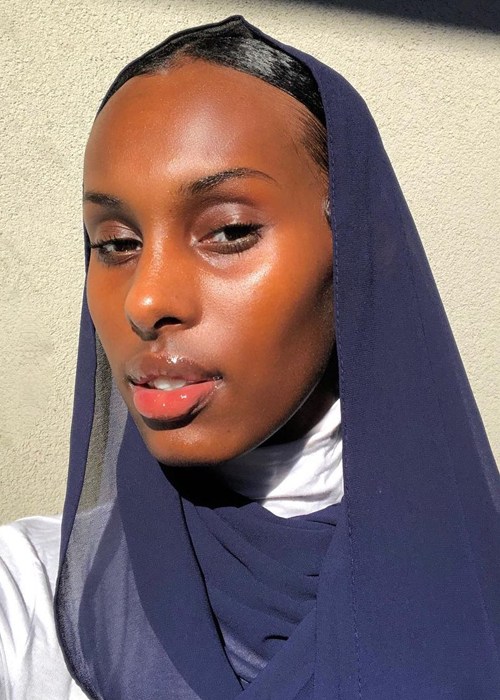
Because your skin type dictates your entire product line-up
By Delaney Loane
Digital Beauty Editor / February 01 2021
Skin care has definitely upped its fun factor over the past few years; with the rise of everything from glittery mud masks to cherry-shaped eye patches, it's become a bit more about what we want, rather than what we need.
The thing is, though, the most aesthetic skin treatment in the world won't help (and may even hinder) if it's been designed for a face that's the complete opposite of yours.
Basically, skin care routine success still boils down to one major factor: choosing products that suit your skin type. Choose something that doesn't do so, and you can see repercussions real fast: for example, using the wrong products can trigger reactions like redness or flaking and may even cause you to incorrectly assume your skin is dry when it's actually combination/oily/normal and just needs to be treated as such. Tricky business, huh?
That being said, determining your skin type doesn’t have to be hard. Below, Ee Ting Ng, Cosmetic Chemist and founder of skin care brand hop & cotton, breaks down what you need to know so you can stop guessing and start getting to know your skin type. We also have a few stellar suggestions as to what to look for once you're sure of your category.
Now, first things first...
The different skin types
Put simply, “your skin type is determined by the amount of oil/sebum you naturally produce. Broadly speaking, normal, dry, oily and combination are the main skin type groups. But skin type is actually more of a spectrum than definitive categories we are familiar with,” explains Ng.
“At the extreme ends of the spectrum, you have very oily (robust sebum production everywhere), and very dry (insufficient sebum production everywhere). Right in the middle is normal, where one does not experience noticeable sebum or dryness/tightness,” says Ng.
Sitting there panicking because your cheeks feel tight but your forehead could oil a tyre? Don't stress. Combination skin is way more common than you might think. "Quite a large part of the spectrum describes combination skin that produces different amounts of oil in different areas of the face," Ng confirms.
How to determine your skin type
Perhaps the easiest way to figure out your skin type is to conduct a little test when you first wake up in the morning. When you wake up, look for how much visible shine and how many dehydration lines you see, and whether you feel any tightness or discomfort. Here's how to tell what you're working with:
Oily skin: You will see substantial oil production all over the face including cheeks, and pores will be visible.
Combination skin: You may see or feel oil in the T-zone area, but your cheeks will show no signs of grease and tightness instead.
Normal skin: You will see no visible shine or tightness and no apparent difference in skin type between various areas of the face.
Dry skin: You won't see a drop of oil on the skin and your face will likely have a flaky appearance and feel tight and uncomfortable. Fine lines may also be visible over a large surface area regardless of age.
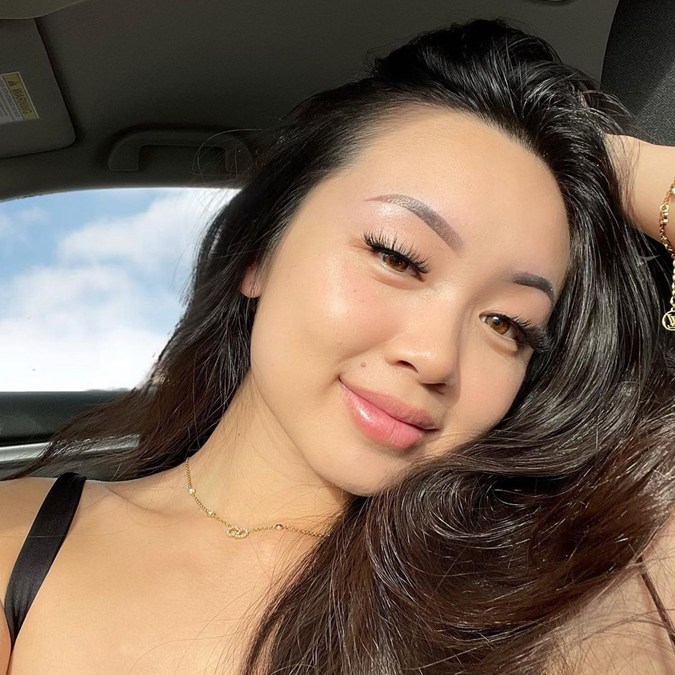
@keaira.le
Does your skin type change over time?
While you shouldn’t expect any changes to occur on a daily or monthly basis, your skin type can gradually become drier with age. The biggest reason behind the formation of lines is loss of collagen and moisture over time. Having said that, “as sebum production is tightly linked to hormones, your level of oil production can fluctuate during your time of the month or it can also remain high for a couple of years during puberty,” explains Ng.
How your skin type differs to skin conditions
Unlike skin types, which are determined by the amount of oil you produce, skin conditions are determined by other factors such as genetics and your environment. “Skin type is described from very oily to very dry, while skin conditions are issues such as acne, sensitivity, reactivity and medical conditions such as dermatitis,” says Ng. She adds, “dehydration is a skin condition caused by drying environmental factors such as air-conditioning and heating, but it can also accompany dry skin, as skin lacking natural oils also has difficulty holding onto moisture”.
The importance of choosing the right products for your skin type
The products we use every day and night should both complement our skin type and compensate for what it lacks naturally, so be sure to opt for tailored topicals rather than ones that swing general. “Using the wrong products not only exacerbates oiliness or dryness, [but] it can also induce a whole range of conditions such as congestion, acne, sensitivity, dryness or trickier skin issues,” says Ng.
Think of your face like your body: if you're low in iron, consuming foods high in calcium won't help one bit. You need to identify what you're missing, and work on adding ingredients into your routine that will help to replenish the levels and restore balance.
To ensure you’re using the right products for your skin type, check the packaging of all your skin care products. Most products are formulated for specific skin types – i.e. foaming cleansers for oily skin and cleansing milks for drier skin types – so establishing if a product hasn’t been formulated for you shouldn’t be too tricky.
Some sites (like Sephora) even list the suited skin type for each individual product (so even if it isn't as simple as picking a product called 'the best cleanser for combo skin', you'll still be able to identify what will work for you and what won't). You just need to do a little research, or you just need to read up on our recommendations, seeing as we've already done the research for you...
Oily
Oh, oil, you can be quite the pest. Luckily, though, oily is a skin type very well catered for, so there are a bunch of balancing options ready to set the issue right...
Cleanser: Paula's Choice Pore Normalising Cleanser
An effective cleansing routine is key to keeping oily skin in check, so start strong with something that will unclog the congestion oil tends to cause. Washing twice daily with a non-irritating, non-drying gel (like this pore-clearing Paula's Choice option) is the best way to stop blemishes in their tracks.
Shop here.
Serum: Dior Capture Youth Age-Delay Matte Maximiser Mattifying Serum
Allow your serum step to control any remaining shine by opting for a mattifying mix of grease-absorbing ingredients. This Dior delight is perfect; it contains a combo of lactic acid and pink clay to zap oil away and leave skin smooth, soothed and shine-free.
Shop here.
Moisturiser: Ole Henriksen Counter Balance Oil Control Hydrator
Yes, mattifying moisturisers exist, and they're miracle-workers for anyone oil-prone. This one from Ole Henriksen helps to hydrate and rebalance greasy skin without leaving it looking dull, while also working to clear pores of congestion.
Shop here.
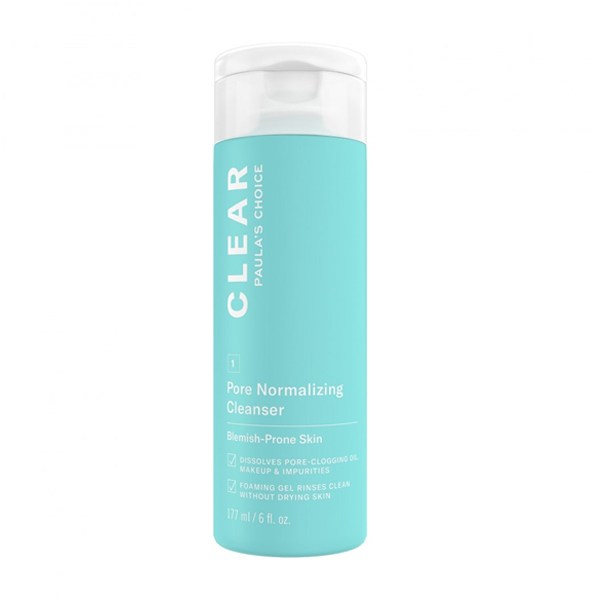
Paula's Choice Pore Normalising Cleanser
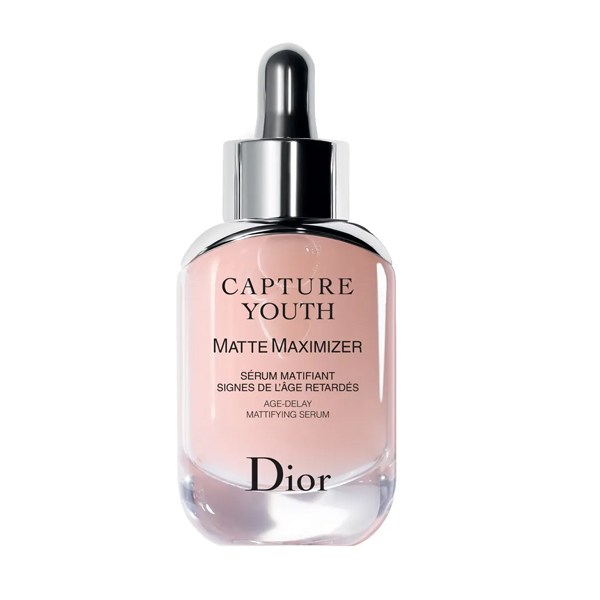
Dior Capture Youth Age-Delay Matte Maximiser Mattifying Serum

Ole Henriksen Counter Balance Oil Control Hydrator
Combination
Caring for combination skin can be tricky, sure, but it's definitely not impossible. Here's what we recommend for keeping your whole face balanced without over-complicating things.
Cleanser: Kora Organics Foaming Cleanser
Miranda Kerr designed her foaming cleanser specifically with combo skin types in mind – it's blended with balancing, soothing green tea extract as well as nourishing noni fruit to keep everything from your cheeks to your forehead clean and happy.
Shop here.
Serum: Sulwhasoo First Care Activating Serum
It's definitely an option to apply different balancing/hydrating topicals to different areas based on what each one needs, but if you'd prefer to keeps things simpler, an oil-free hydrator (like this combination-friendly concoction from Sulwhasoo) is always a safe bet.
Shop here.
Moisturiser: Fenty Skin Hydra Visor Invisible Broad Spectrum SPF 15 Sunscreen Moisturiser
The same goes for moisturiser when it comes to combo skin types; you want something that'll sit happily between hydrating and mattifying. Blessedly, Fenty Skin's oil-free-but-still-moisturising pairing of salicylic and hyaluronic acid fits the bill to a tee.
Shop here.
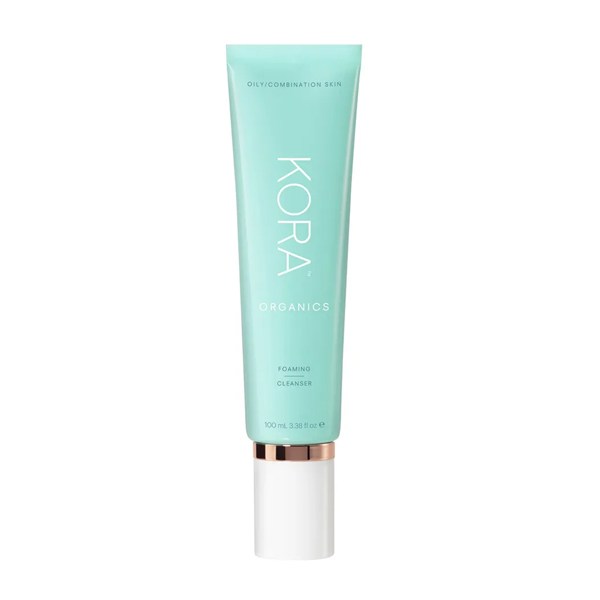
Kora Organics Foaming Cleanser
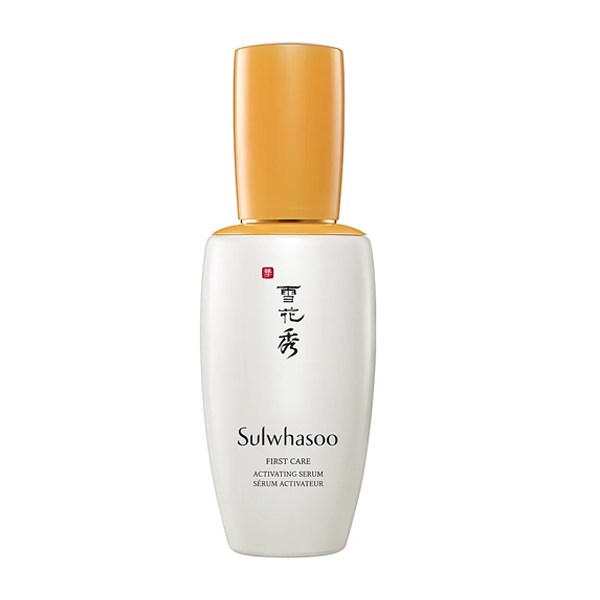
Sulwhasoo First Care Activating Serum
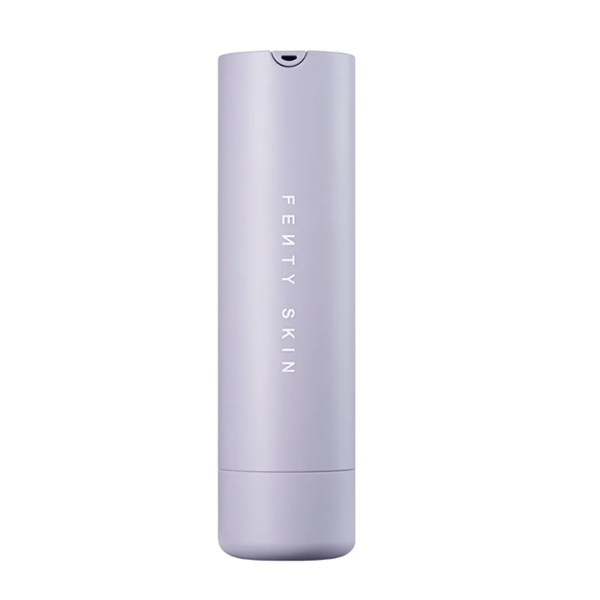
Fenty Skin Hydra Visor Invisible Broad Spectrum SPF 15 Sunscreen Moisturiser
Normal
It may seem like normal skin types would have the easiest time picking products, but without any clear issues/goals, it can be tough to know what to reach for...
Cleanser: Indie Lee Brightening Cleanser
With no major concerns to correct in the skin type department, you can work on your complexion goals instead. For example, if dullness is getting you down, a brightening wash like this strawberry seed oil and tomato formula will leave normal skin feeling fresh and looking glowy.
Shop here.
Serum: Samson & Charlie Hydrating Watermelon B3 + B5 Serum
Similarly to combination complexions, you basically just want to maintain balance when applying treatment topicals. An oil-free serum such as this watermelon and niacinamide mix will provide plenty of moisture while also softening, smoothing and tightening pores.
Shop here.
Reviews here: Samson & Charlie Hydrating Watermelon B3 + B5 Serum
Moisturiser: Wishful Honey Balm Jelly Moisturizer
The skincare shelf is your oyster if your skin is normal; whatever tickles your fancy should be fine, as long as it doesn't stress its deeply hydrating or intensely mattifying benefits too much. A light, luminosity-enhancing moisturiser (e.g. this hydrating honey balm) will work a treat.
Shop here.
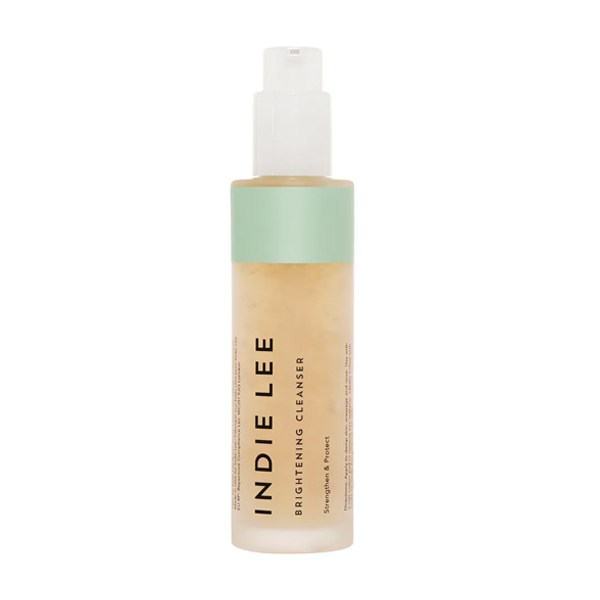
Indie Lee Brightening Cleanser
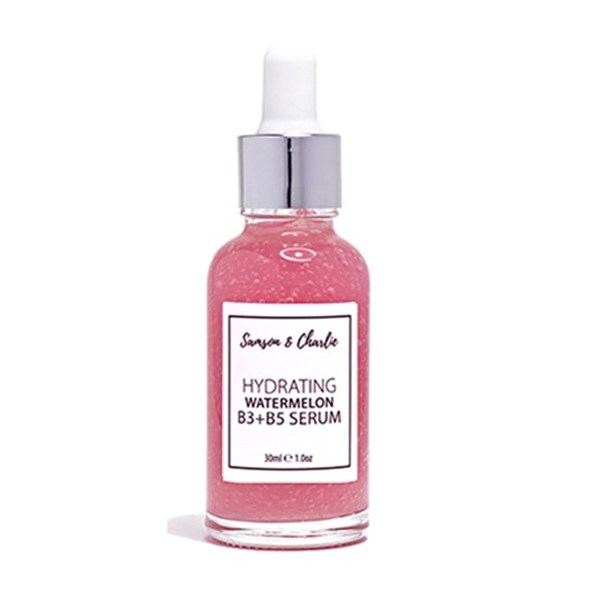
Samson & Charlie Hydrating Watermelon B3 + B5 Serum

Wishful Honey Balm Jelly Moisturizer
Dry
In news that will shock absolutely nobody, a dry skin type's perfect routine is all about packing in maximum moisture. Here are our hydrating picks...
Cleanser: Laneige Moisturising Cream Cleanser
Washing your face can definitely seem scary when you're desperate to hold onto the scarce amount of natural oil your skin produces, but creamy cleansers (like this luxuriously hydrating Laneige guy) can nix impurities without also robbing your face of moisture.
Shop here.
Serum: Tarte Sea Mermaid Skin™ Hyaluronic H₂O Serum
Anything with 'h2o' in the name is always a safe bet if you want to turn dry skin dewy in a flash. This formula heroes hyaluronic acid (the ultimate hydrator), and is just the thing to quench your parched complexion.
Shop here.
Moisturiser: Tatcha The Silk Cream
Dryness often tends to bring flakiness and rough texture with it (fun, right?), so a silky cream that focuses on restoring softness as well as hydration is a winner. This one from Tatcha does just that while also adding in a little extra brightness; a welcome bonus.
Shop here.
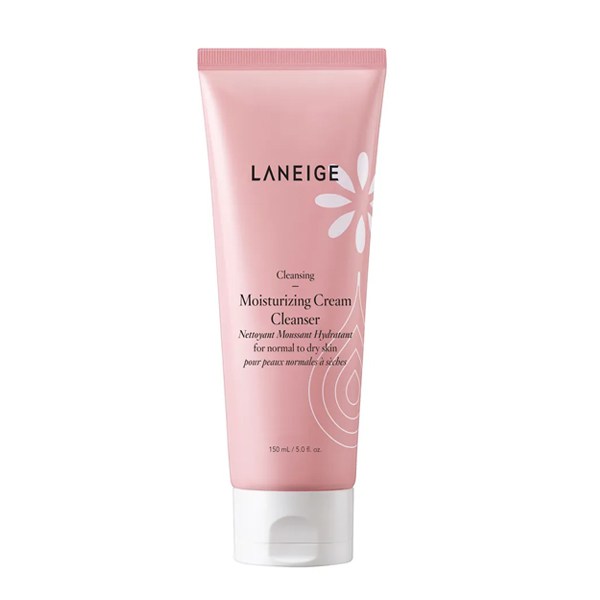
Laneige Moisturising Cream Cleanser
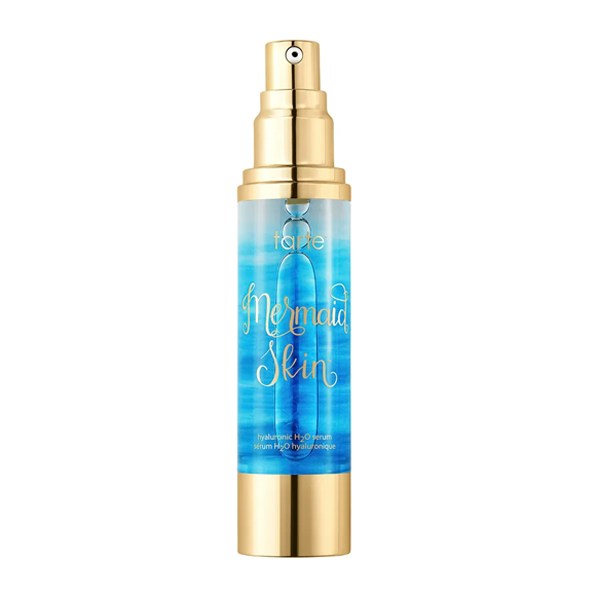
Tarte Sea Mermaid Skin™ Hyaluronic H₂O Serum

Tatcha The Silk Cream
Main image credit: @_ifrahhh
Looking to take your skin care routine to the next level? Here are the best products for getting rid of dark circles...
Related tags
Zendaya /






